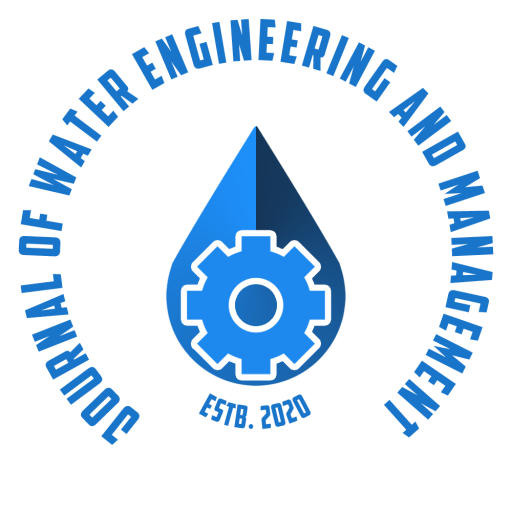S.N. Rai
Ex-Chief Scientist, CSIR-National Geophysical Research Institute, Hyderabad-500 039, India
Received August 13, 2020,
Revised on September 8, 2020,
Accepted on September 10, 2020
ABSTRACT
A major share of water supply to meet the ever increasing demands for domestic, industrial and irrigation usages isderived from groundwater resources which are distributed over the entire globe. These resources are invisible fromground surface. The need for their delineation with high precision has led to the continuous advancement in thegeophysical survey techniques and interpretation theory. Electrical resistivity tomography (ERT) is an outcome of suchadvancement in the conventional electrical resistivity methods used for exploration of this sub-surface natural resourceon the basis of distinctive reduction in the electrical resistivity value of groundwater bearing geologicalformations/structure in comparison to their host environs devoid of water. Objective of this paper is to present anoverview of the application of ERT in delineation of groundwater resources in complex geological setup of problematicareas, sources of geothermal water, and delineation of groundwater pockets in mining areas in order to prevent naturaldisasters such as landslide in open cast mines with the help of related case studies. This kind of knowledge about theoccurrence of groundwater/geothermal resources is essential to achieve the preset objectives of their management.
Keyword – Groundwater, Electrical resistivity tomography, Mapping, Deccan Traps

